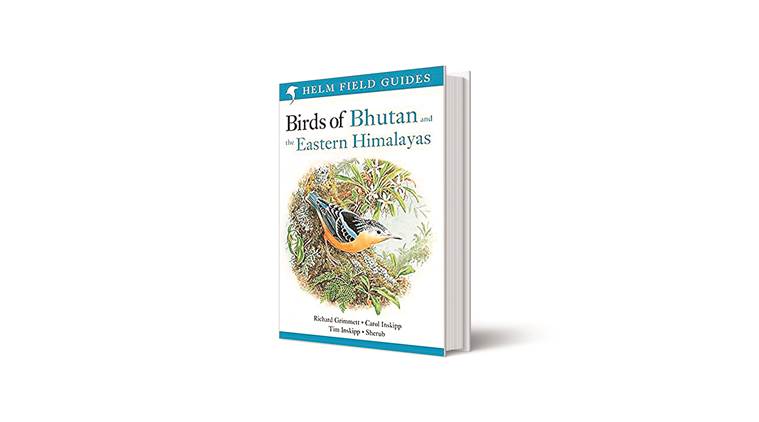Written by Ranjit Lal |Published: March 10, 2019 1:49:00 pm
Watch Them Soar
An essential guide for birders to the rich avian life in the eastern Himalayas.

Birds of Bhutan and the Eastern Himalayas
Richard Grimmett, Carol Inskipp, Tim Inskipp, Sherub Helm
Bloomsbury
416 pages
Rs 799
Richard Grimmett, Carol Inskipp, Tim Inskipp, Sherub Helm
Bloomsbury
416 pages
Rs 799
If you are interested in birds and are travelling (or even better, living) anywhere in Bhutan, Sikkim, Arunachal Pradesh or north Bengal, then this book is a must buy. Most of these areas are still relatively thinly populated, well-forested, mountainous, of course, and support a rich and dazzling variety of birds (814 species, nearly 70 per cent of all the species found on the subcontinent) — all of which have been included and beautifully illustrated in the book’s ‘rogues gallery’ section. The brief write-ups on each species include information on location, altitudinal range, description (including voice), habitat and status.
Most readers will probably flip through the book to find a particular bird they might have spotted, but it is worth first reading through the very comprehensive (yet succinct) introduction, which gives you a good bird’s eye view of the subject. It includes the region covered by the book, how to use it, taxonomy and nomenclature, plumage terminology, geographic setting, climate, the importance for birds, birdwatching areas, conservation measures and more.
This whole region is exceptionally rich in birdlife as it lies at the junction of the Indo-Malayan region to the south and east, and the Palearctic and Oriental region to the north. The altitude ranges from the foothills of the Eastern Himalayas to well beyond the treeline — each zone with its own forest type and avifauna. (Several species are altitudinal migrants, flying down from the high mountains during winter.) The rainfall, too, ranges from a colossal 5,000 mm to a sparse 500 mm per annum depending on whether it faces the brunt of the monsoon, or lies in the rain-shadow region.
The region is important for birds because it has not yet been thoroughly explored by ornithologists due to travel restrictions in many areas, rugged terrains and remoteness. New species can still be discovered as was in 2006, when the lovely Bugun liochchla was found in Arunachal Pradesh. These areas are also relatively thinly populated and thickly forested (all except north Bengal). Sikkim has 47 per cent forest cover, Bhutan 71 per cent, and Arunachal Pradesh 81 per cent.
Of course, threats loom: while the Bhutanese seem to leave their birds in peace, there is a tradition of hunting amongst the tribals of Arunachal Pradesh. The harvesting of fuel-wood, timber and fodder collection is growing, as is commercial logging. The grassland habitats are threatened by fragmentation, overgrazing and conversion to other uses. Wetlands are subject to drainage and over-exploitation. Building of infrastructure — mainly roads — pose another major threat.






















No hay comentarios:
Publicar un comentario